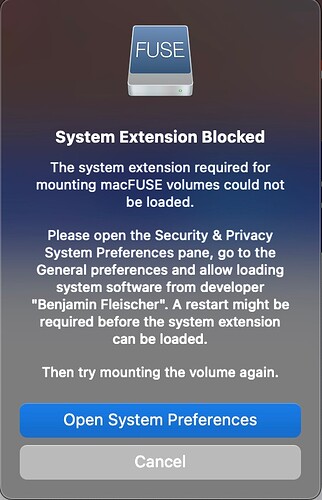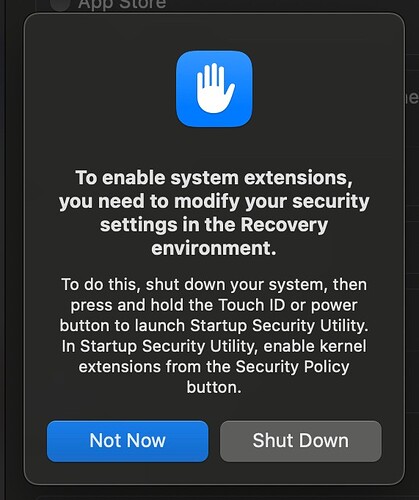Greetings!
So you like using IceDrive and perhaps have seen that it is possible under Windows using the official app to mount your IceDrive as an os-native virtual drive.
Sadly this only is officially available on Windows so we macOS and Linux folks have to resort to something different if we want to have this feature as well.
Originating from this post community member itemx suggested using Mountain Duck. This tool however costs at least around $39.00 and isn’t available for Linux.
So if you don’t want to spend money or are using Linux I have an alternative for you. But beware the following guide is pretty technical and you have to use the terminal and type in some commands.
So that being said, if you want to dive deeper and use something free and open source you can use rclone to mount IceDrive as a virtual drive.
Prerequisites:
If you use macOS you have to install macFUSE first over at: https://osxfuse.github.io/
Just grab the latest stable release and run the installer.
Installation:
- Download the rclone binary for your os over at Rclone downloads
- Open a terminal and navigate to the downloaded folder by typing:
cd ~/Downloads/rclone-v1.59.2-osx-amd64
Extra steps if you’re using macOS:
- Execute the binary once in order to trigger the macOS security alert by typing:
./rclone - Go to the macOS settings and allow the app to run under the Security & Privacy section
Configuration:
- Enable and obtain WebDAV access to your IceDrive in your Access Dashboard of your account
- Go back into the terminal
- Create a folder where the icon for the mounted drive later should appear by typing
mkdir ~/Desktop/IceDrive - Create a config by typing:
./rclone config.
Here a template on what to answer to those questions its asking you:
No remotes found, make a new one?
→ n
Enter name for new remote.
→ IceDrive
Type of storage to configure.
→ 45
Name of the WebDAV site/service/software you are using.
→ 5
User name.
→ < your IceDrive account e-mail >
Password.
→ y
Enter the password:
→ < your IceDrive WebDAV token from earlier >
Confirm the password:
→ < your IceDrive WebDAV token from earlier >
Option bearer_token.
→ < nothing. just press enter >
Edit advanced config?
→ n
Keep this "IceDrive" remote?
→ y
Current remotes
→ q
Usage:
-
Make sure you are still in the directory where the downloaded rclone binary resides by typing:
cd ~/Downloads/rclone-v1.59.2-osx-amd64 -
In order to mount the drive type the following command:
./rclone mount IceDrive:/ ~/Desktop/IceDrive --vfs-cache-mode full --daemon
You can now close the terminal and go into your Finder/Explorer, navigate to the Desktop and drag the IceDrive drive onto your sidebar for easy access.

Congrats! You now have mounted the IceDrive Cloud as a virtual drive on your macOS or Linux computer!
This should behave exactly the same as the official Windows version provided by IceDrive in terms of buffering/caching and is therefore much more painless and faster to work with than just mounting it as a plain network drive your Finder/Explorer.

